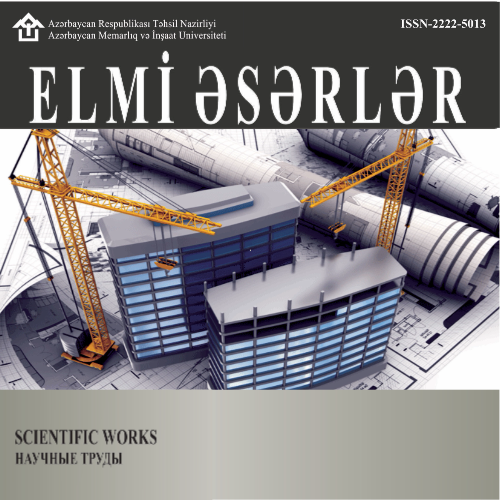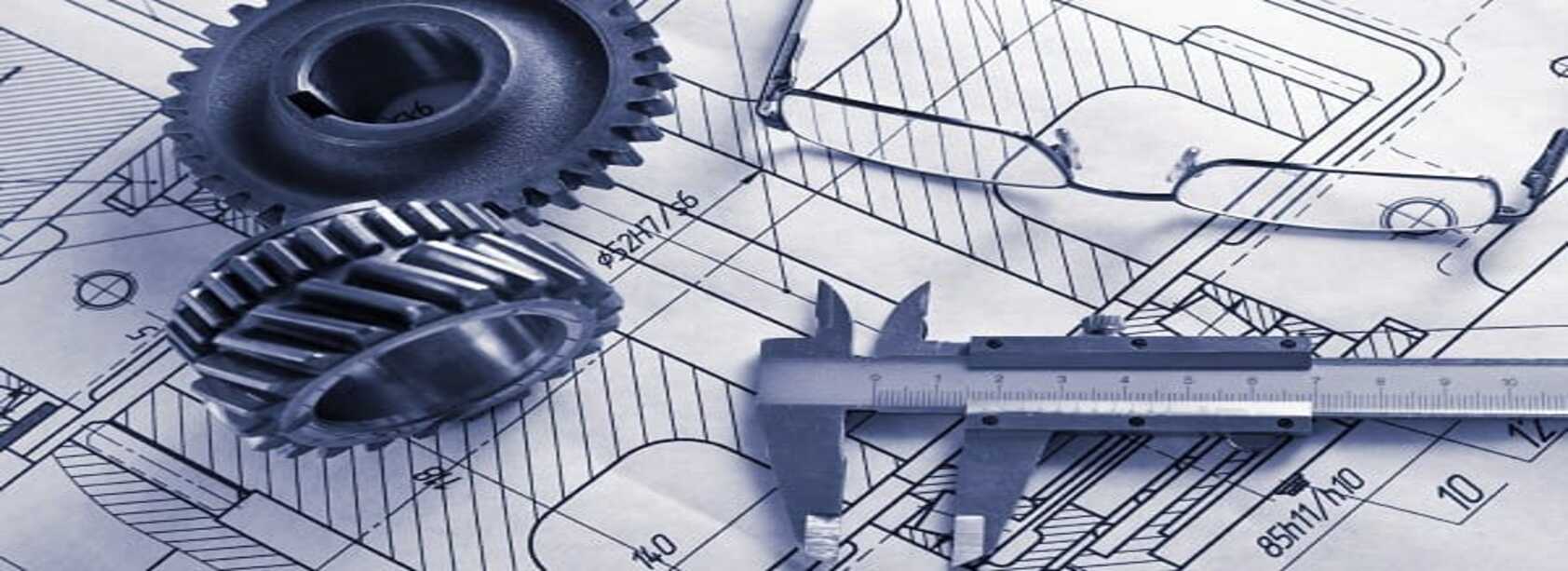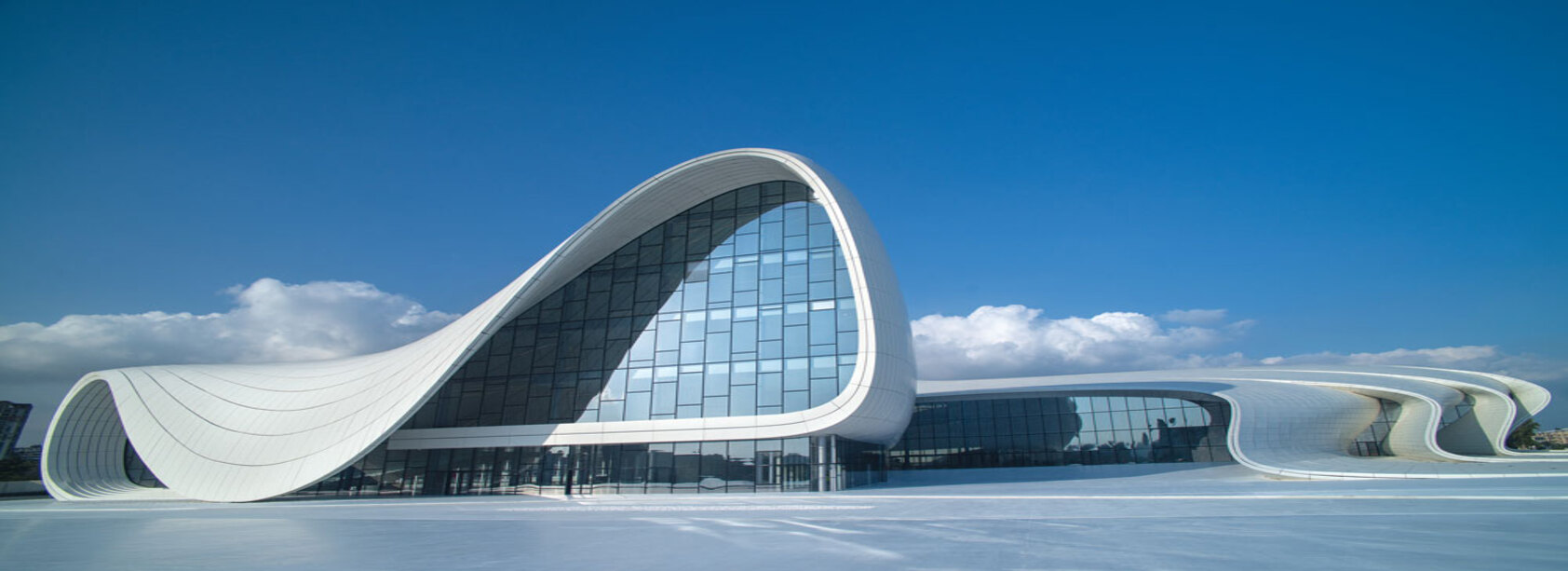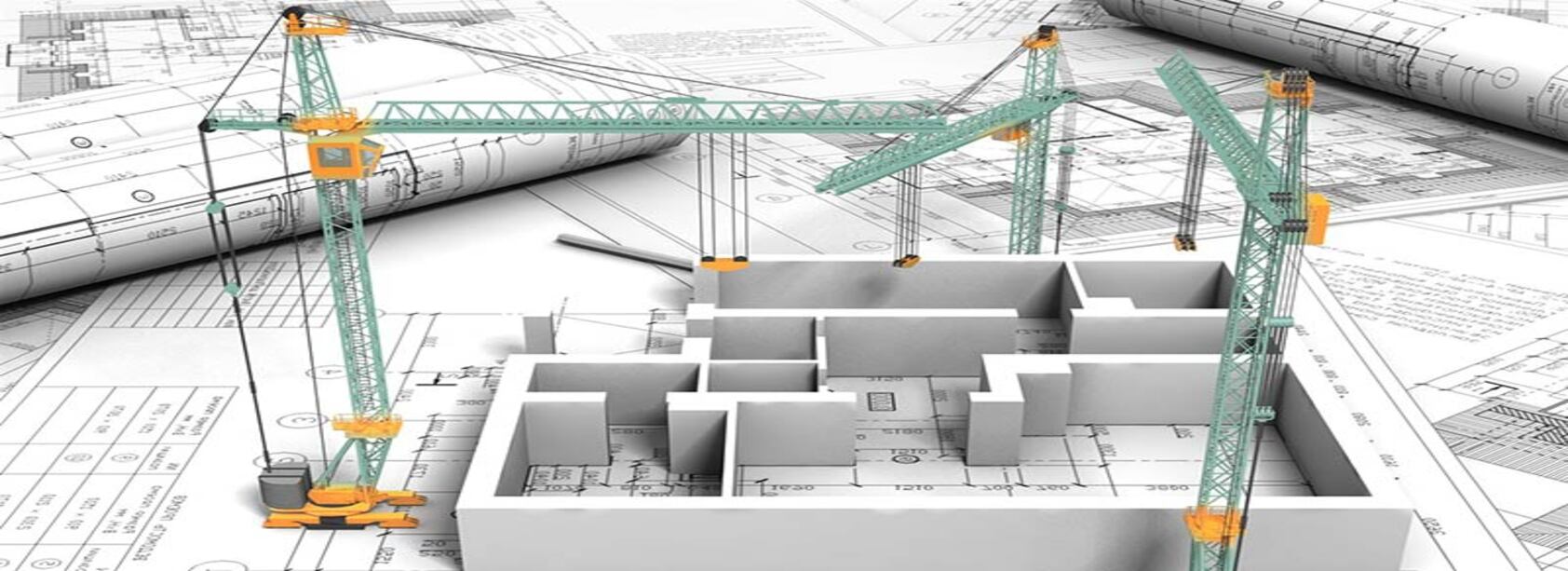
http://doi.org/10.58225/sw.si.2022.1.163-169
THE POTENTIAL OF ARCHITECTURE IN THE FORMATION OF REGIONAL IDENTITY: FROM STIMULUS TO REACTION
Abdrassilova Gulnar- doctor of Sciences Architecture, prof., Kazakh Leading Academy of Architecture and Civil Engineering, Faculty of Architecture, g.abdrassilova@mail.ru
Abstract. Turning points in history, major socio-political cataclysms stimulate the formation of new identities in society - national, social and cultural. Under these conditions, architecture receives a special impetus: it is being transformed in accordance with the new needs of the state and citizens. Using examples from the practice of post-Soviet and other countries, the article shows that the regional character in modern architecture can be expressed by: creating artistic images using the attributive features of local architecture, i.e. manifest itself in the form of historical tradition; creation of architectural objects as new phenomena, previously uncharacteristic for a given city or country.Despite the fact that globalization has penetrated into all spheres of life, most people in the world identify themselves not with the planet or continent, but with the region where they were born and live. Architecture creates visual images that support the processes of self-identification of citizens. The motives (stimulus) for the search for identity are political, socio-economic, cultural, technological "triggers" (change of economic formations, recovery after wars, occupation of territories, etc.) of the modern world. The reaction to such processes in architecture is manifested in the form of a transformation of the “language” of shaping, the search for representative images of buildings and structures.
Keywords: architecture, regional architecture, regional identity





